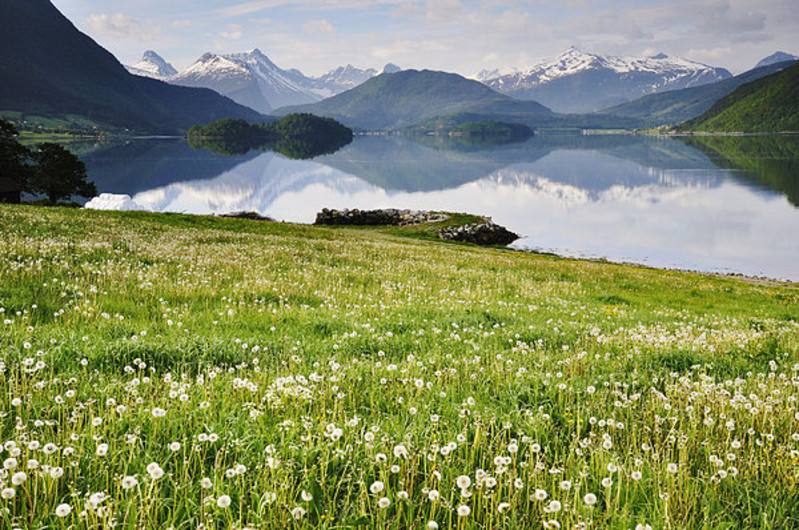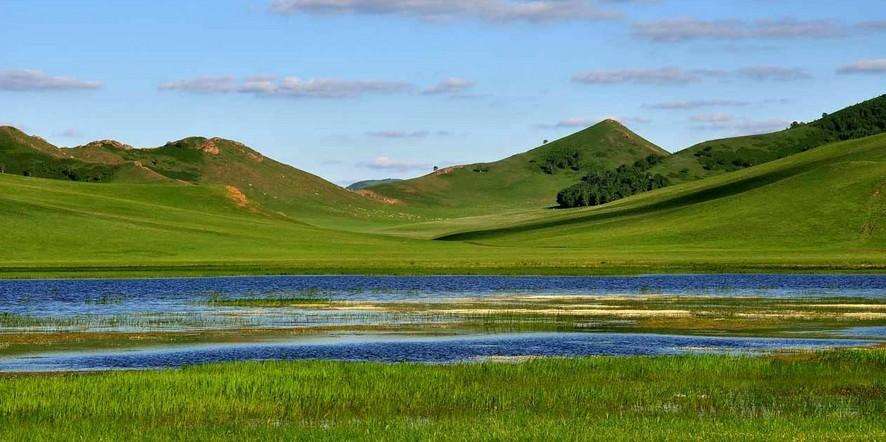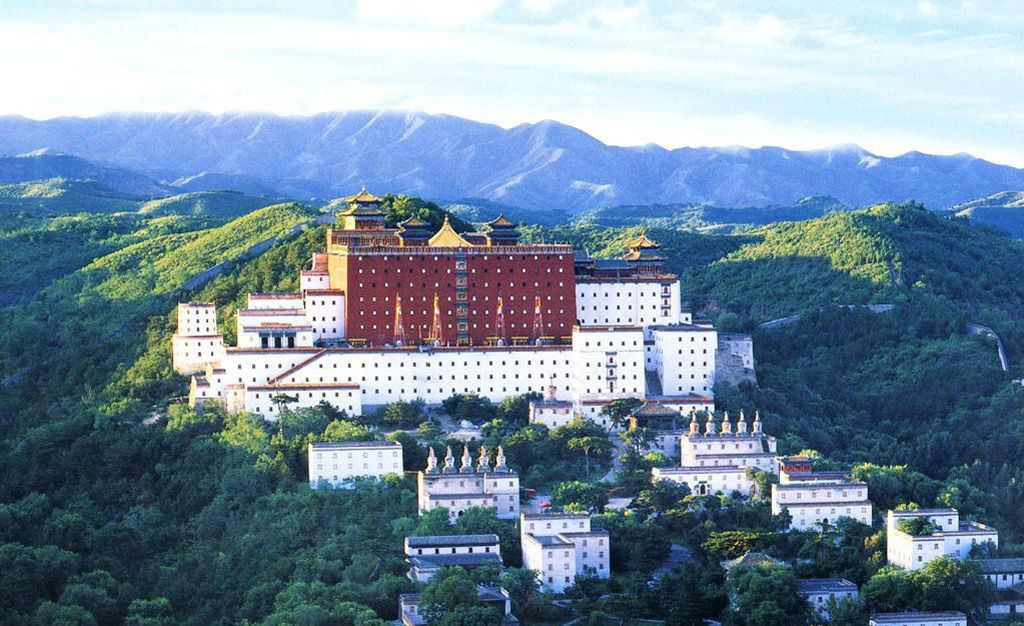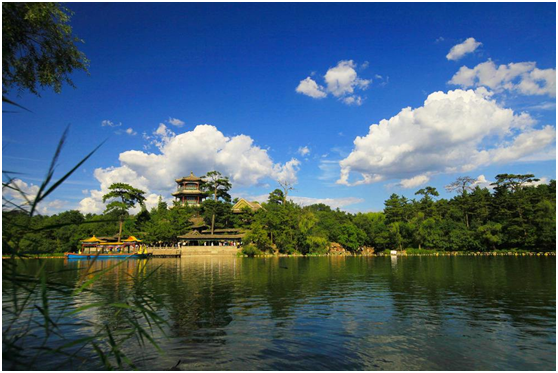Peking University Chinese-Culture Activities IV
A Visit to Inner Mongolia (内蒙古)
What do you know about Inner Mongolia (内蒙古)? Prairie, Mongolian culture, horses, and there is more…
Are you fascinated with the history of Manchu-Mongolian relations?
Are you planning to travel in northern China?
HERE comes the opportunity!
Time: June 3rd and June 4th, 2017
Transportation: bus
Costs: including bus fee, boards, hotel expenses, sight spot tickets.
Students pay part of the tour fee:
| Student Status |
Price (RMB/person) |
| Students with Full Chinese Government Scholarship/Full Confucius Institute Scholarship; visiting students enrolled in university student exchange and cooperation programs |
700 |
| Other students |
1100 |
Applicants: Only for the international students on PKU main campus
Application Date: From
May 11th to May 19th, 2017. First come, first served.
How to apply: Bring the cash to the International Students Division (Room 333, New Sun Student Center)
Please Note: bring your student ID and one photocopy of passport ID page.
Journey Schedule (subject to the actual journey):
First Day (June 3rd): Departure at 6:30AM—Ulan Butung Battlefield(乌兰布统古战场)— Keshikten prairie(克什克腾大草原)

 Second Day (June 4th):
Second Day (June 4th): The Imperial Summer Villa (承德避暑山庄)—Lama Temples—Back to Beijing around 19:30


International Students Division
April 28, 2017
Ulan Butung Battlefield was the place where the Qing Emperor Kangxi defeated the leader Galdan of the Mongolian Dzungar forces in 1690, which should date back to the conflict between two Mongolian forces. The Outer Khalkha Mongols preserved their independence, and only paid tribute to the Qing Empire. However, a conflict between the houses of Tümen Jasagtu Khan and Tösheetü Khan led to a dispute between the Khalkha and the Dzungars over the influence of Tibetan Buddhism.
In 1688, the Dzungar chief, Galdan Boshugtu Khan, attacked the Khalkha from the west and invaded their territory. The Khalkha royal families and the first Jebtsundamba Khutuktu crossed the Gobi Desert and sought help from the Qing Empire in return for submission to Qing authority.
In 1690, the Dzungars and Qing forces clashed at the Battle of Ulan Butung, in which the Qing eventually emerged as the victor.
In 1696, the Kangxi Emperor personally led three armies, totaling 80,000 in strength, in a campaign against the Dzungars in the early Dzungar–Qing War. The western section of the Qing army defeated Galdan's forces at the Battle of Jao Modo and Galdan died in the following year.
Imperial Summer Villa is a popular summer resort for emperors and dignitaries in Qing Dynasty and also the biggest Imperial Garden in the world. It has made perfect combination of the natural sceneries. This attraction was built from 1703 to 1790 during Qing Dynasty. The emperors of Qing Dynasty usually handled daily affairs and spent summer here, making it the second political center of Qing Dynasty. The summer resort and the surrounding temples were placed on the world cultural heritage list in 1994.
The Eight Lama Temples: around the Villa there is a sprawling temple complex, eight Lama temples in total, built from 1713 to 1780 for the Tibetan and Uygur aristocrats to worship Buddhism during the period when they came to obey the Qing emperors’ summons, thus they were just duplicates of the temples in Tibet and Xinjiang. The Villa was like the moon, the temples were stars around it, which typically represented the centralization of the Manchu state power.
